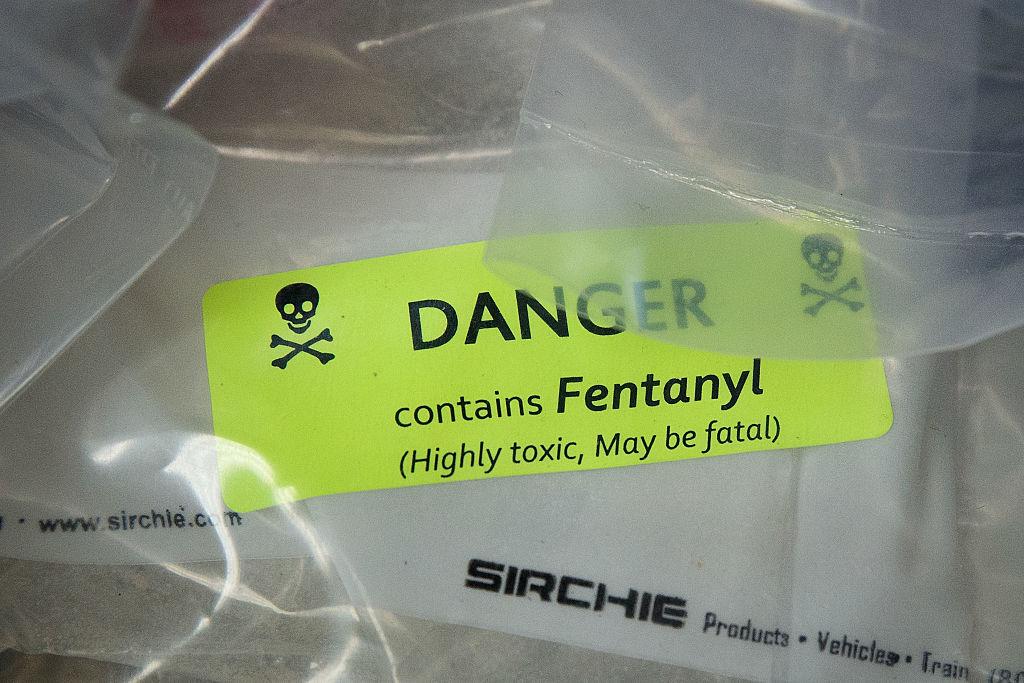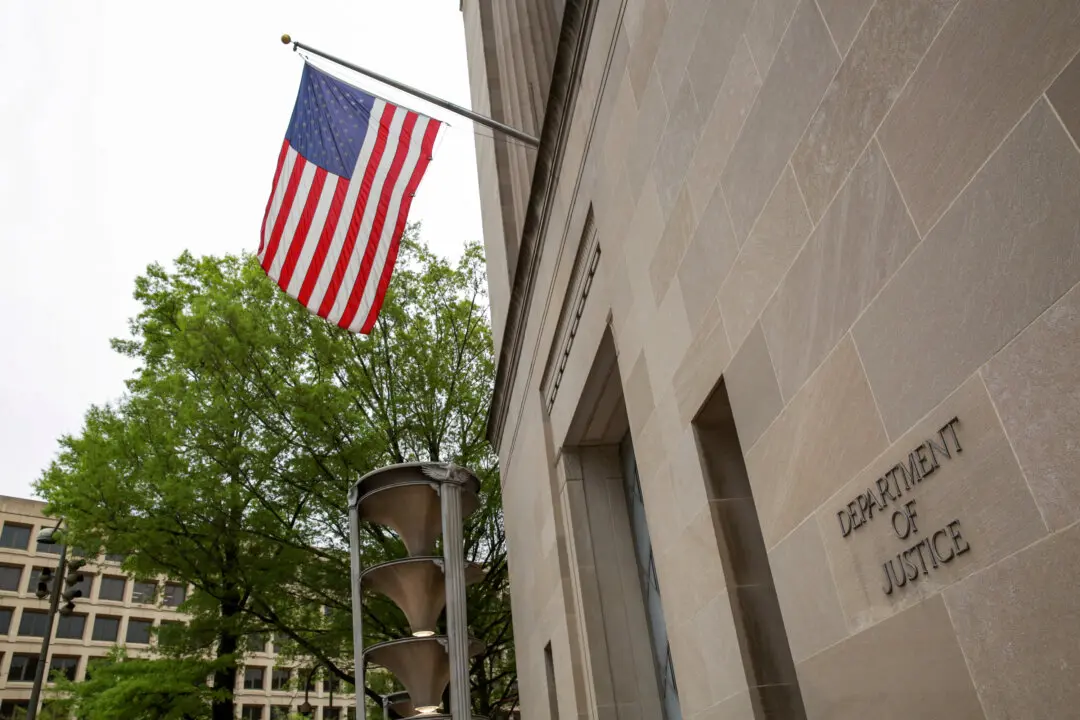A 16-month-old boy was hospitalized and treated with Narcan after ingesting drugs left behind by his mother, according to police.
Police said the father of the boy returned home from work at around 5:30 p.m. on Feb. 4. and found the boy’s mother, 36, passed out on the bed. The toddler was also on the bed with several empty baggies—used to package heroin—that appeared to be chewed on.




